Antibody Drug Conjugate Market Summary
As per Market Research Future Analysis, the Antibody Drug Conjugate Market Size was estimated at 10.97 USD Billion in 2024. The Antibody Drug Conjugates industry is projected to grow from 12.62 USD Billion in 2025 to 51.1 USD Billion by 2035, exhibiting a compound annual growth rate (CAGR) of 15.01% during the forecast period 2025 - 2035
Key Market Trends & Highlights
The Antibody Drug Conjugate Market is poised for substantial growth driven by innovative therapies and increasing demand for targeted treatments.
- The market experiences a rising demand for targeted therapies, particularly in oncology, which remains the largest segment.
- Innovations in drug development are propelling advancements in cytotoxic drug conjugates, the largest category within the market.
- Collaborative research initiatives are becoming more prevalent, especially in the Asia-Pacific region, which is the fastest-growing market.
- The increasing prevalence of cancer and growing investment in cancer research are key drivers fueling Antibody-Drug Conjugates (ADCs) market expansion.
Market Size & Forecast
| 2024 Market Size | 10.97 (USD Billion) |
| 2035 Market Size | 51.1 (USD Billion) |
| CAGR (2025 - 2035) | 15.01% |
Major Players
Roche (CH), Bristol-Myers Squibb (US), Gilead Sciences (US), AstraZeneca (GB), Pfizer (US), Novartis (CH), Seattle Genetics (US), Merck & Co. (US), Takeda Pharmaceutical (JP)
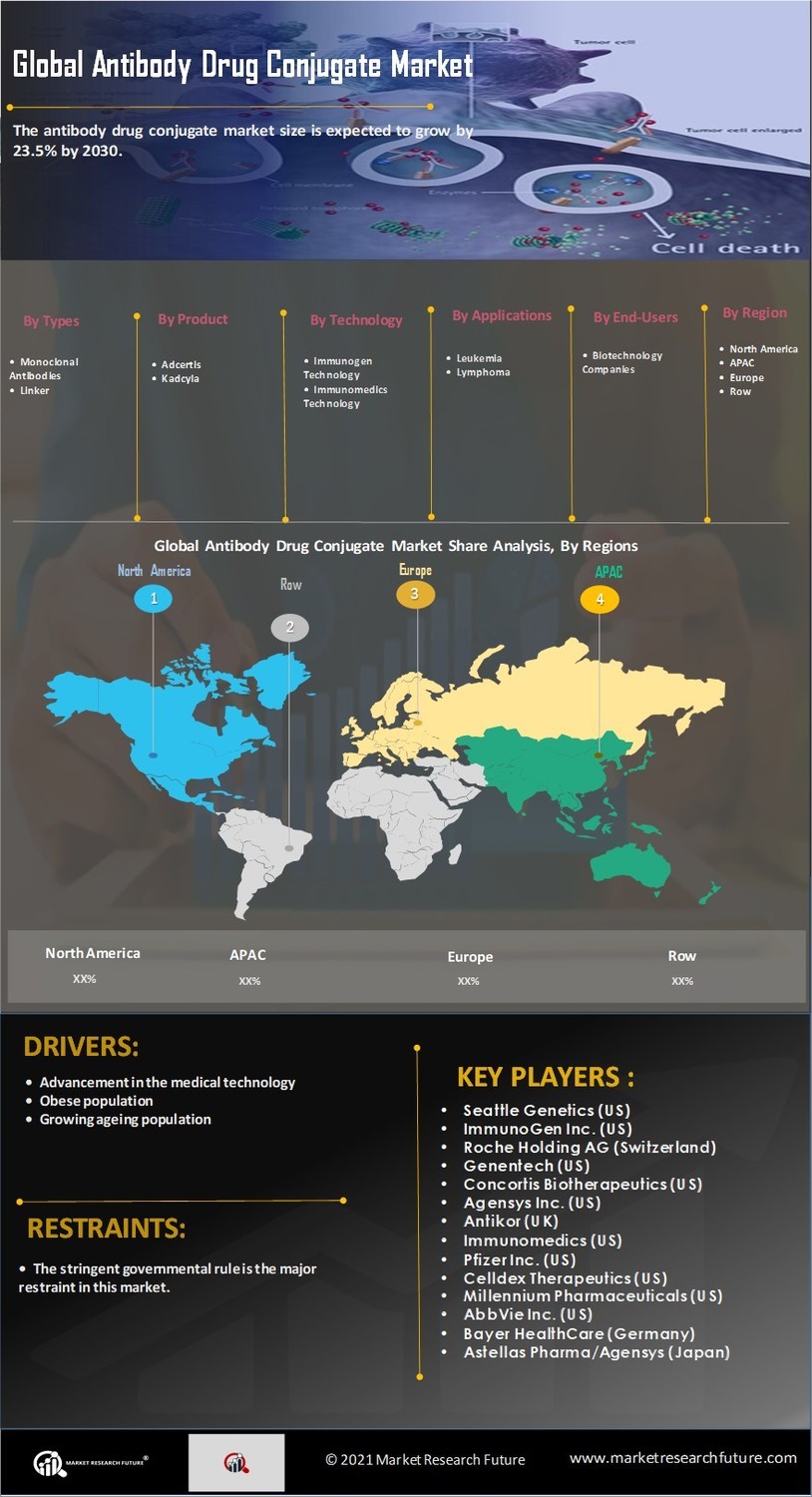

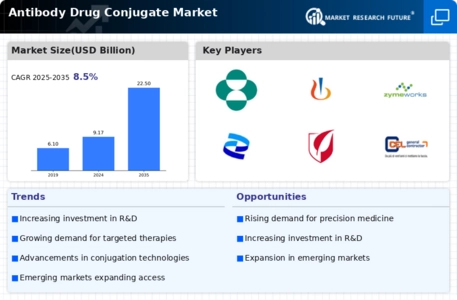
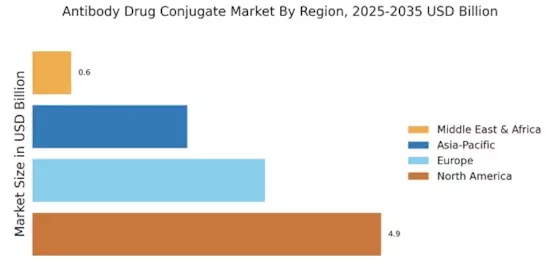
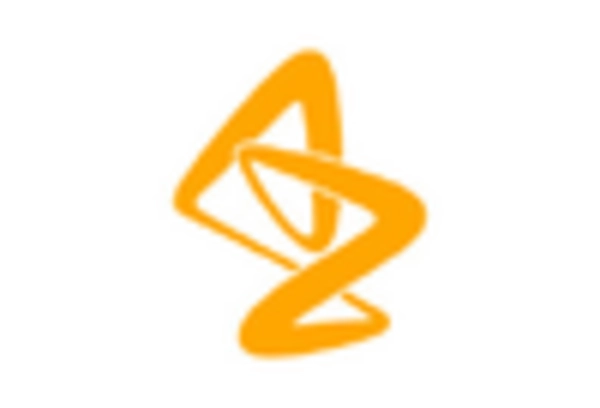

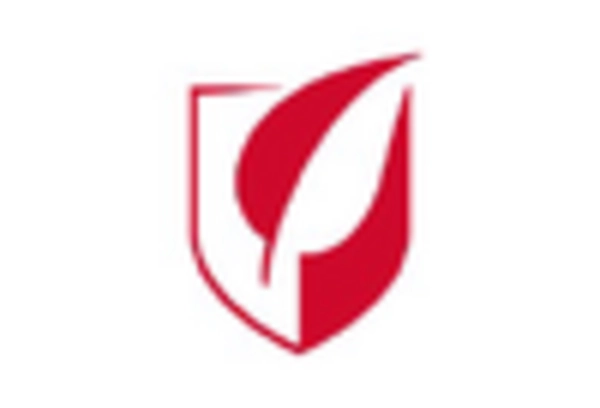

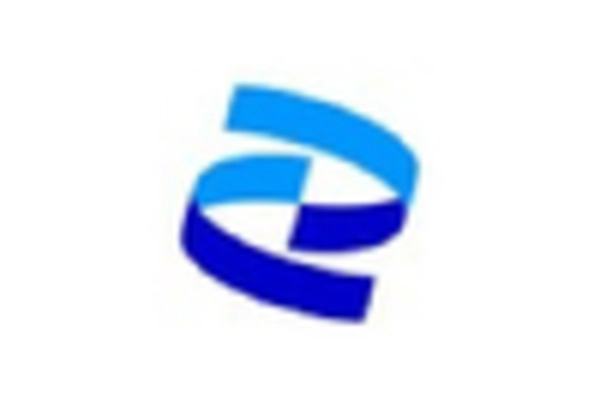
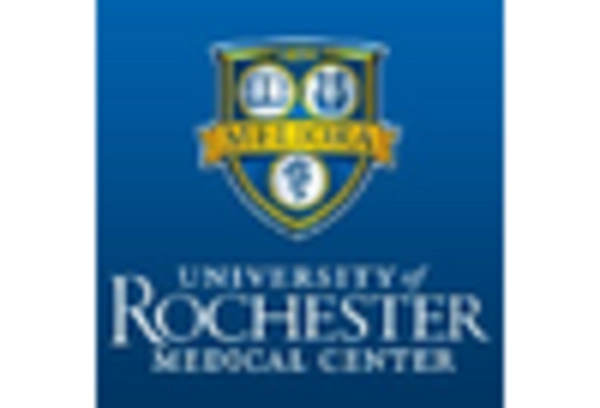








Leave a Comment